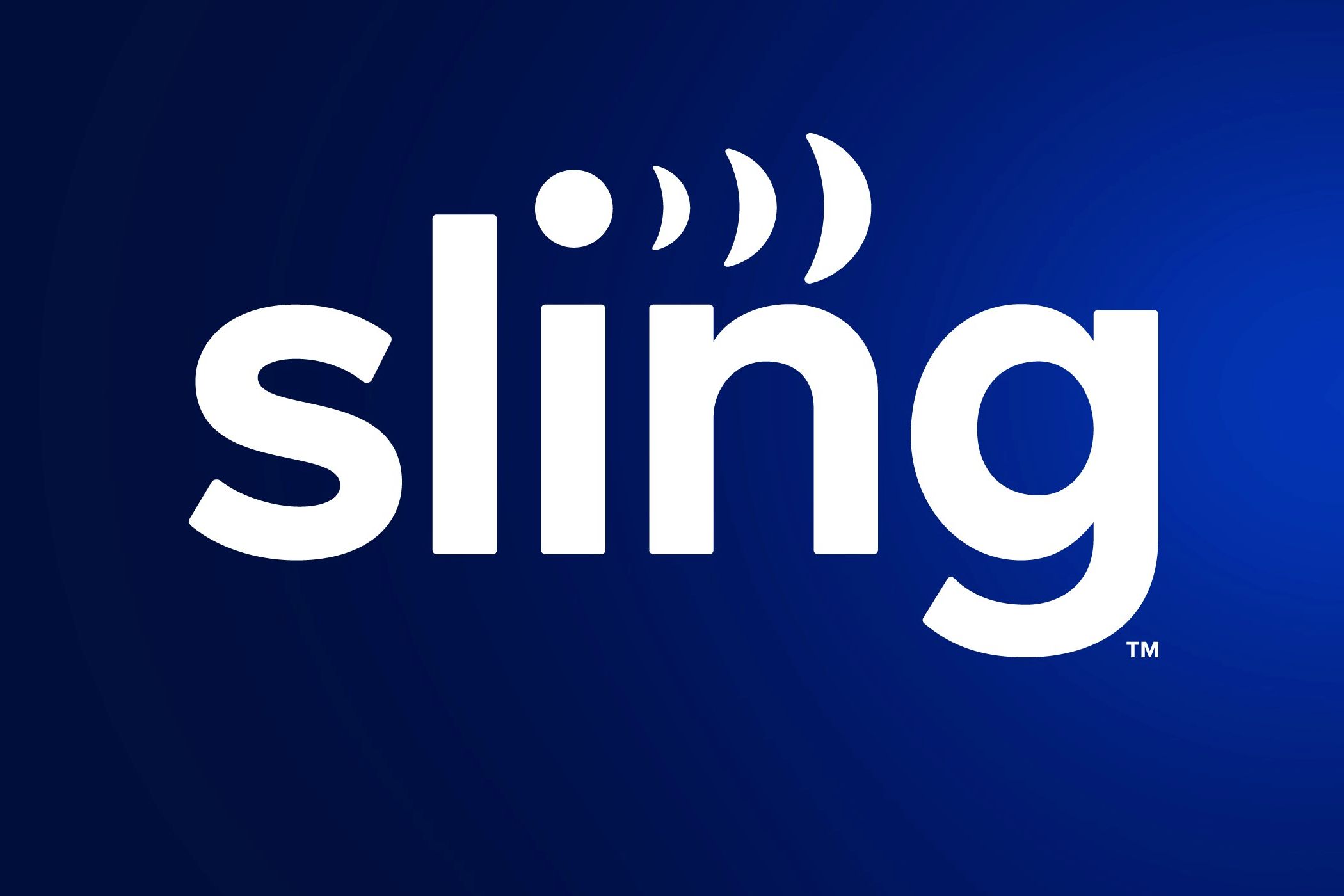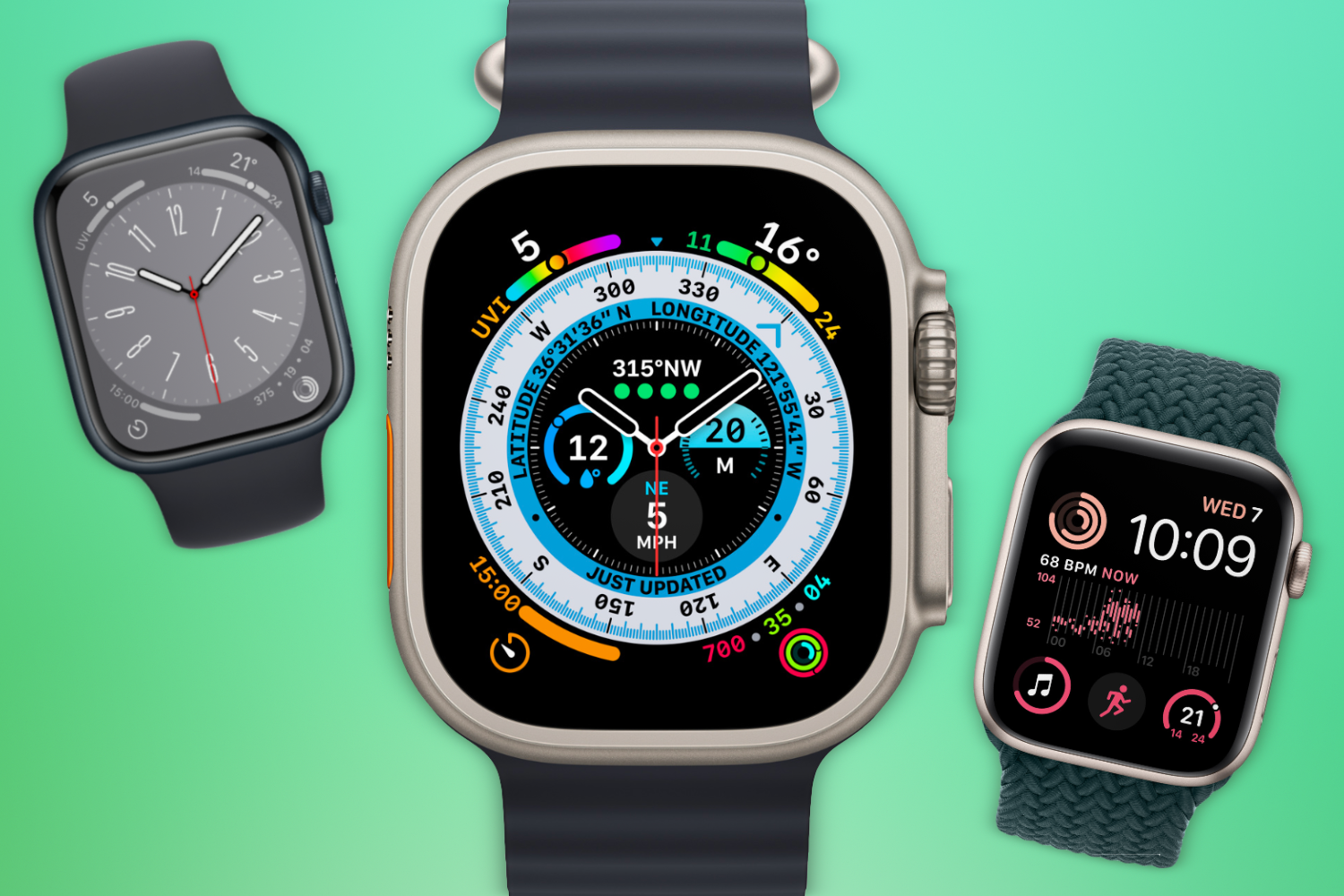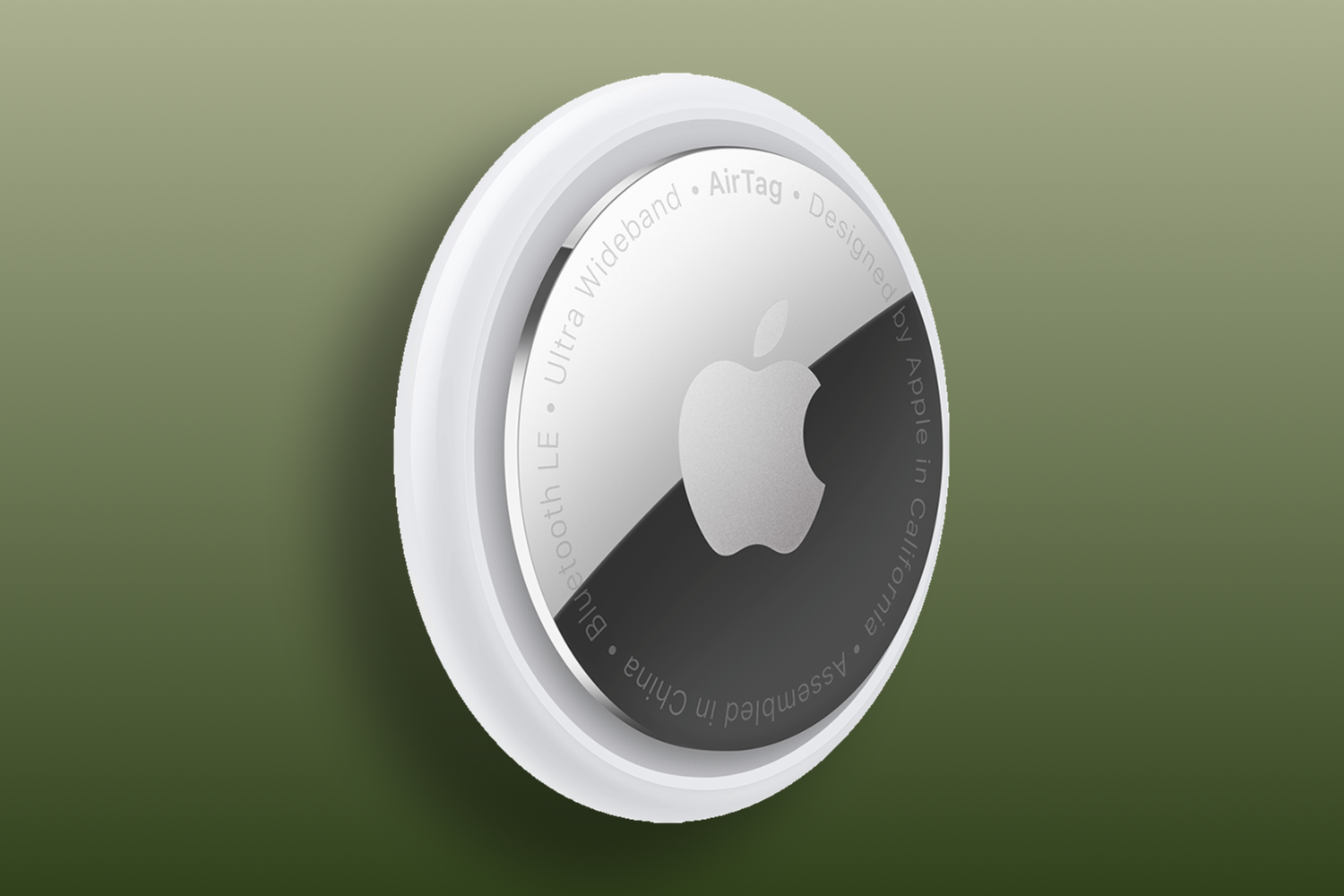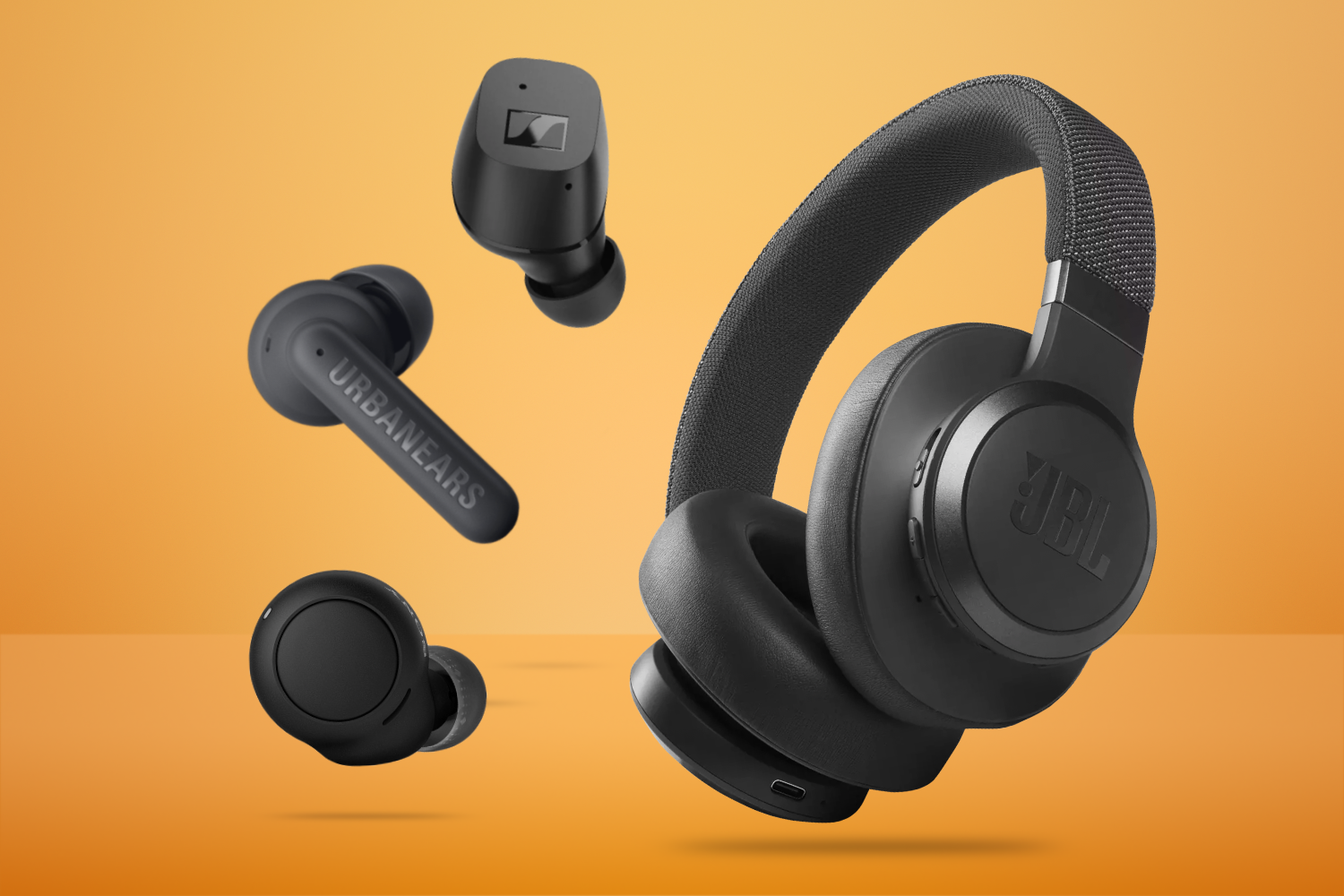Everyone loves grabbing a bargain, and there’s no need to wait until the January sales, Black Friday or a Prime Day rolls around to get one. If you’re looking to make big savings on a digital camera, for instance, we’re big fans of shopping for a second-hand model.
To show you just how much money you can save by buying used older models over the latest box-fresh equivalents – and how little you’re giving away in terms of features or picture quality – we’ve put together three comparisons pitting current-gen camera models against the models they superseded in their manufacturer’s product ranges. We’ll point out the main differences in the models, then tell you what you might expect to pay for each one.
Canon EOS R5 vs Canon EOS R5 Mark II
The EOS R5 was a ground-breaking camera upon its release in 2020, being arguably Canon’s most powerful mirrorless all-rounder to date. Four years on, Canon has released the updated, upgraded Mark II edition of the camera, which maintains the same high megapixel count (both models have a 45MP full-frame sensor) but rings a number of changes.
The Mark II upgrades the sensor with a back-illuminated stacked design, which improves sensitivity (so that there’s less noise in photos, particularly in low light situations) and has a faster readout speed (which reduces rolling shutter and therefore improves the look of video in certain situations). Processing power has also been amped up, allowing for 30fps continuous shooting (it’s 20fps on the R5) and 4x in-camera upscaling (to 179MP). It also offers blackout-free continuous shooting, slightly improved autofocus, a new 21-pin multifunction shoe (the R5 has the old 5-pin shoe), a full-size HDMI output and slightly better battery life.
So, that’s a number of meaningful improvements – but potentially nothing earth-shattering. If you rarely shoot at night, don’t need the highest possible continuous shooting speeds or spend a lot of time creating video content, The R5 is still an impressively capable CSC.
Price comparison: Depending on its condition, you should be able to pick up a second-hand Canon EOS R5 for just over £2000 body only, while a new Canon EOS R5 Mark II is £4500 body only.
Panasonic Lumix S5 versus Panasonic Lumix S5 II
Panasonic’s beloved Lumix S5 full-frame mirrorless camera (released 2020) and its successor (released 2023) are both still current in the company’s line-up at the time of writing. The two models look outwardly very similar, but there are a few differences worth mentioning.
The most significant for us is the autofocus setup. The S5 II uses a hybrid phase-detection system while the original S5 uses a slower, less accurate contrast-detection setup. This is one major upgrade that seriously affects AF performance to the point where, if you’re planning on shooting moving subjects or moving the camera a lot, we’d advise picking up the newer model over the original.
The S5 II also shoots video at a slightly higher bitrate and in some cases resolution, so demanding videographers may want to pore over the spec comparison there. However, most of the S5 II’s other improvements are relatively minor, such as a sharper electronic viewfinder, full-size HDMI over the S5’s micro HDMI and 9fps continuous shooting over 7fps.
Both models include a 24.2MP full-frame sensor, extended ISO range of 50 to 204800, 6.5 stops of in-body stabilisation (the S5 II does feature a new Active I.S. mode specifically for handheld video though) and dual card slots.
The older S5 actually features slightly better battery life, which could make the difference on an all-day shoot where you don’t have any spare cells to hand. If you don’t mind being a little more patient with the autofocus system – perhaps you shoot more still life, landscape or architecture than wildlife or sports scenes – then there are real savings to be had here.
Price comparison: The Panasonic Lumix S5 can be picked up on the used market for under £600 body only, while a new, unused Panasonic Lumix S5 II costs around £1650 body only.
Sony RX100 IV vs Sony RX100 VII
Sony’s long-running line of premium pocket-sized point-and-shoot cameras is currently up to its seventh model, but we think some of the older members of this range are still up to the job – while being significantly cheaper than the current flagship.
The RX100 VII may be three iterations above the RX100 IV, but you wouldn’t know it to look at the two cameras side-by-side; they’re almost identical in size and weight. Things don’t diverge that much once you delve into the specs, either. Both cameras have a 20.1MP 1.0-type Exmor RS sensor, both are able to capture 4K video at up to 30fps and both can shoot stills at up to ISO 25600.
There are some slight differences creeping in here, however, with the RX100 IV’s continuous shooting speed 16fps to the RX100 VII’s 20fps. The biggest difference comes in the zoom range of the lenses: the RX100 VII has an 8x optical zoom and a maximum aperture of F/2.8 to F/4.5, while the older RX100 IV can only manage 2.9x optical zoom but with a higher maximum aperture of F/1.8 to F/2.8. The older model also lacks a 3.5mm microphone port, so if you’re into vlogging or similar you may want to steer clear.
In many other ways, the two models are very close in their features and specs. Some photographers find a more limited zoom range (or even a fixed lens) helps them consider their subject and framing more than with a zoom, and the older camera’s wider aperture should give it dreamier depth blur to boot.
Price comparison: The Sony RX100 IV is available used for under £400, while a new Sony RX100 VII will cost you £1049 from most retailers.












